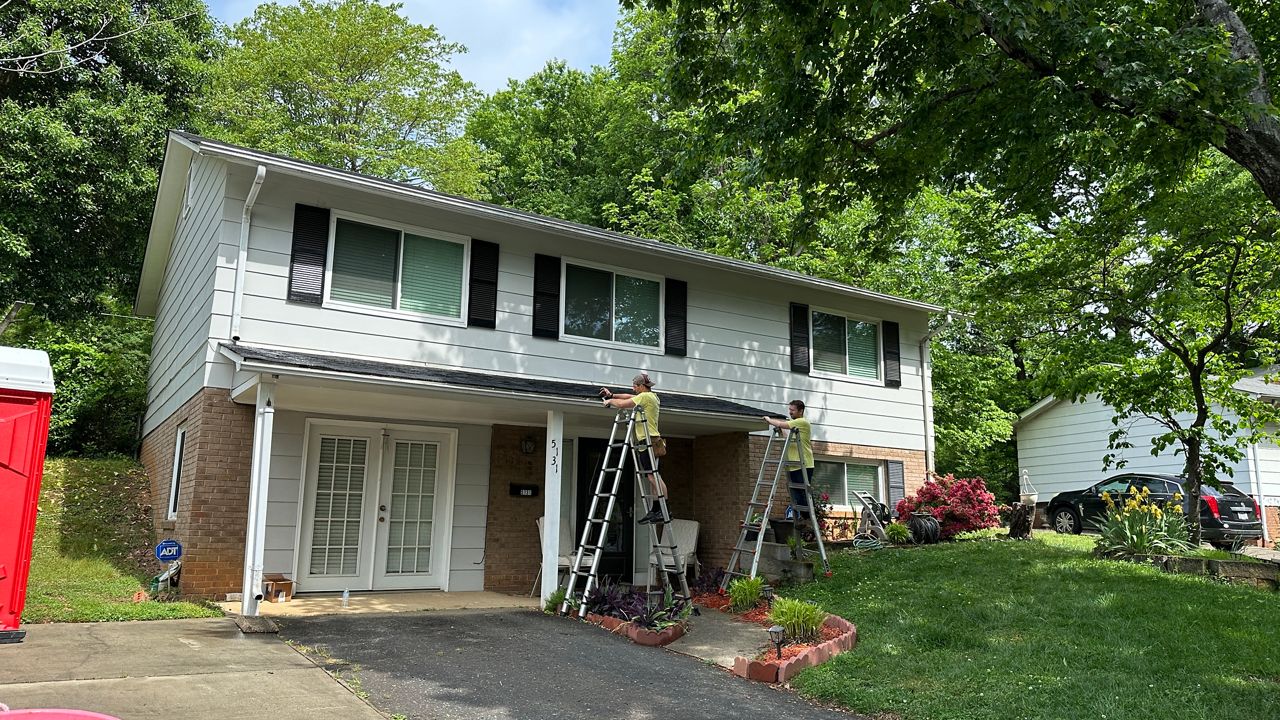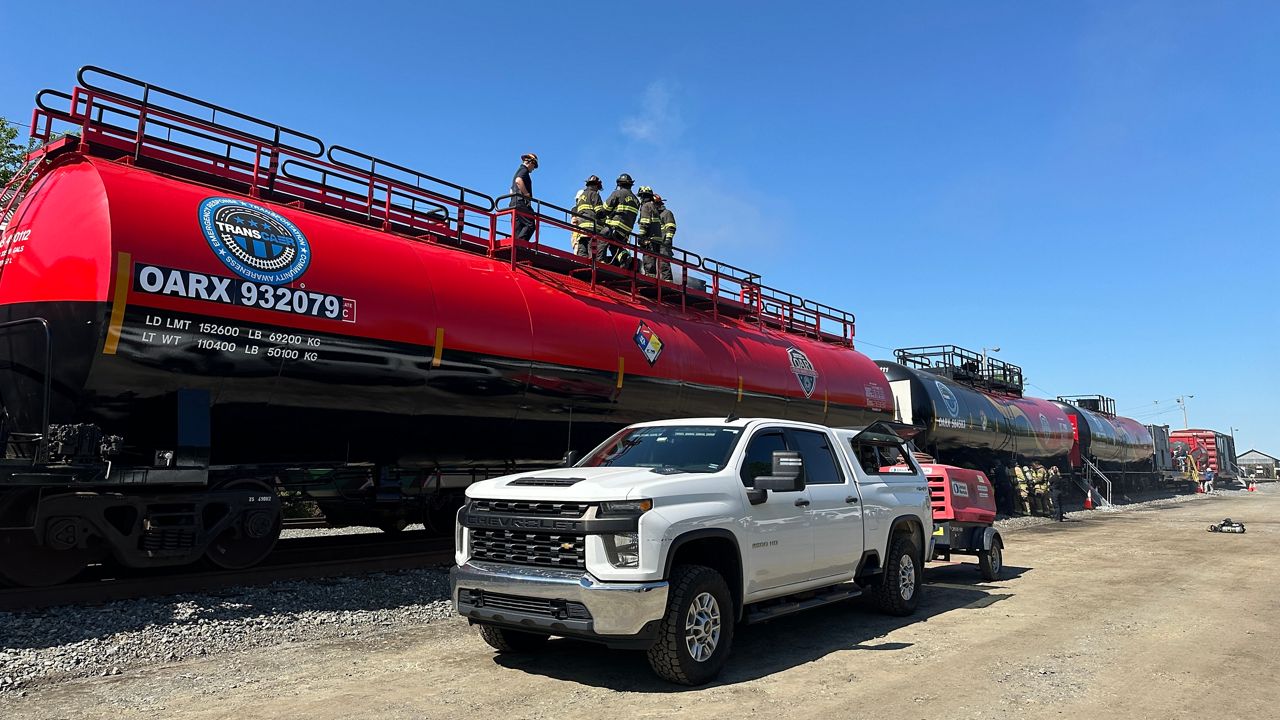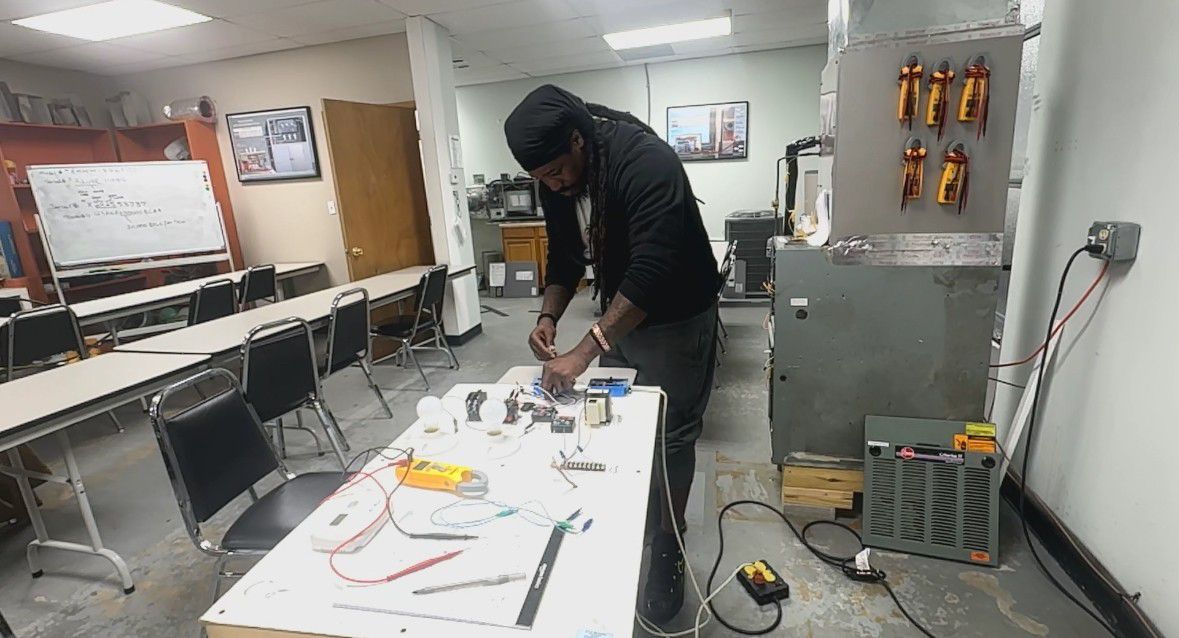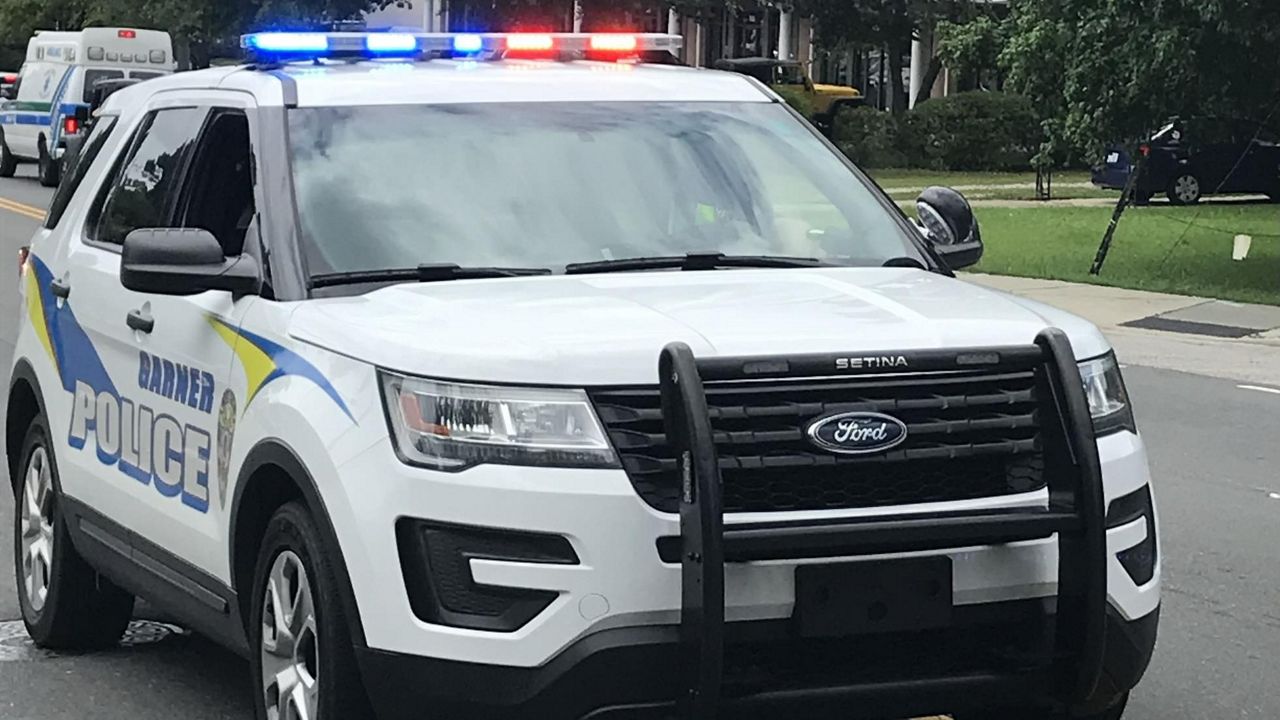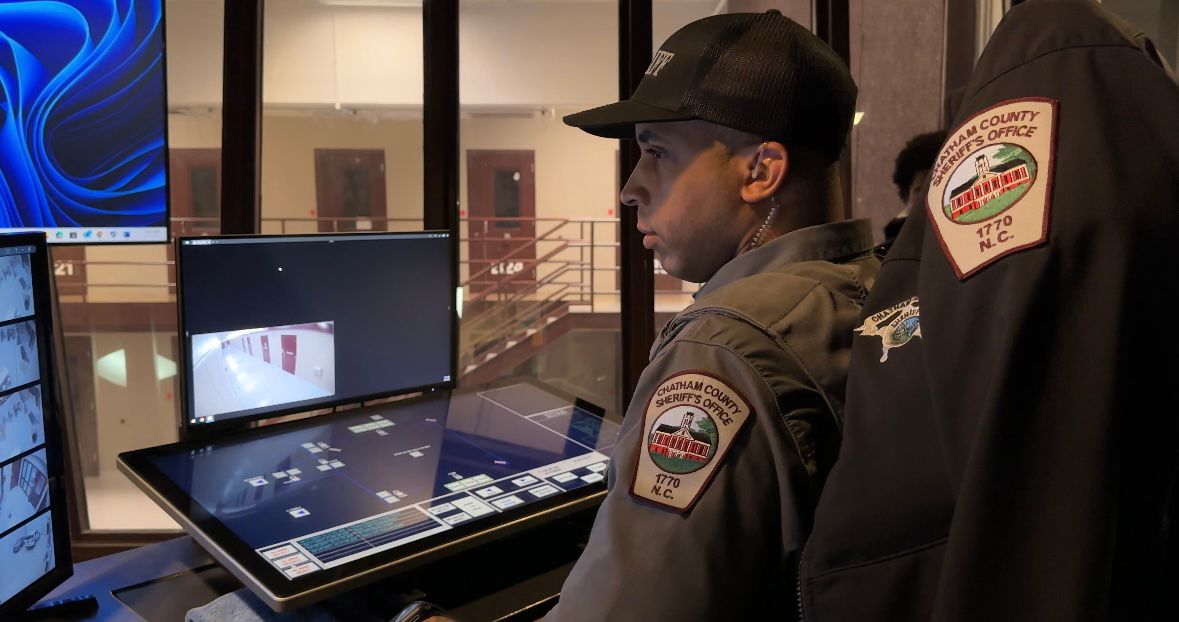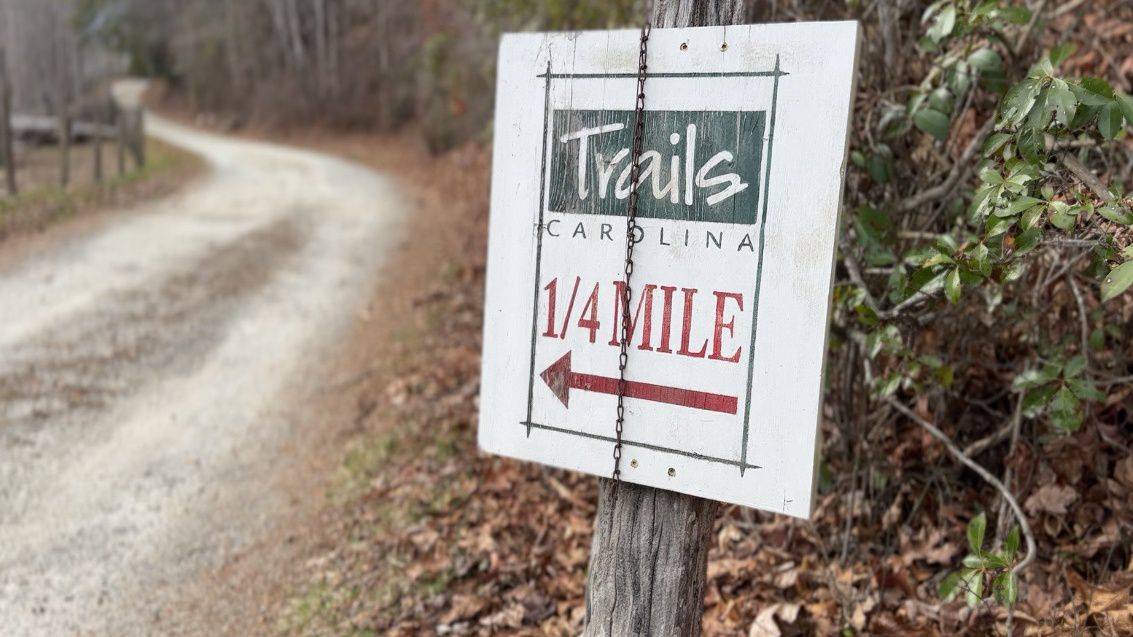ASHEVILLE, N.C. — A library in western North Carolina is collecting pictures, videos and stories from the community about Helene through an online contribution portal.
The Buncombe County Special Collections organized the community memory project called Come Hell or High Water.
The goal is to collect, preserve and share the stories and digital record of communities in western North Carolina impacted by Helene. The hope of the project is for it to help with reflection and community healing.
The digital memory bank is made possible thanks to Friends of Buncombe County Special Collections and volunteers.
Since the project launched in January, more than 200 submissions have been made.
“We think it's really important that our own personal stories and experiences are a part of the record long term in a way that folks who experienced the flood of 1916 just did not have the ability to do,” Buncombe County Special Collections Manager Katherine Cutshall said.
In contrast, the specialized reference library only has about 80 photos of the flood of 1916, mostly done by professional photographers.
“Most of them are of the Biltmore Village area and… what we now call the River Arts District, and they're a little bit more scarce because they're very old, and they had to take time to get to us. They could have been damaged. But then we all didn't have a camera in our pocket at that time,” Cutshall said.
The online platform features a wide range of pictures from debris and destruction to lighthearted photos of volunteers enjoying each other’s company.
Cutshall, for example, submitted a picture of her holding a gecko after the storm.
“Everything was very sad. I sat down and had a little bit of a cry outside of Wedge Studios, and as I was just kind of taking some time to myself, I heard rustling in the leaves, and this little gecko appeared and just crawled right up into my hand when I offered it. And I took him around as my companion on my walk,” Cutshall said.“Everything was very sad. I sat down and had a little bit of a cry outside of Wedge Studios, and as I was just kind of taking some time to myself, I heard rustling in the leaves, and this little gecko appeared and just crawled right up into my hand when I offered it. And I took him around as my companion on my walk,” Cutshall said.
UNC Asheville student Emily Alexander submitted pictures taken off campus that showed the changed landscape in January.
“I’d like to think my contribution just got more visibility to what had happened, and hopefully with more visibility there is more care to the situation,” Alexander said.
Alexander, who is from Savannah, Georgia, is no stranger to devastating storms.
“I’m from a place we get hurricanes and I’m actually 30 minutes from the coast, from the Atlantic. You would expect things to happen there, but I’ve never been through anything like this,” Alexander said.
Cutshall didn’t expect looking at these submissions would affect her this much.
“It’s hard on your heart and soul to look at these pictures,” Cutshall said.
She’s originally from western North Carolina and loves spending time outdoors.
“It continues to be hard to see how the landscape has changed to think about all of these landmarks that have served me my entire life, being gone,” Cutshall said.
Environmental data, media coverage and a collection of historic photos of past weather events are also on the platform.
It will be open to submissions through the end of the year.
Special Collections is continuing to feature an exhibit of art made with flood debris in its reading room for the next two weeks.







